Jammu & Kashmir Switch to Hindi
Electronic Voting Machines (EVM)
Why in News?
Recently, elections are being conducted in Jammu and Kashmir, with Electronic Voting Machines (EVMs) playing a crucial role in the polling process.
Key Points
- About: EVM is a device used to record votes electronically. They were first used in the Paravur Assembly Constituency of Kerala in the year 1982.
- Since 1998, the Election Commission has increasingly used EVMs instead of ballot boxes.
- In 2003, all state elections and by-elections were held using EVMs.
- Encouraged by this, in 2004, the Commission took a historic decision to use only EVMs for the Lok Sabha elections.
- Development: It has been devised and designed by the Technical Experts Committee (TEC) of the Election Commission in collaboration with two Public Sector undertakings: Bharat Electronics Ltd, Bangalore (under Ministry of Defence ) and Electronic Corporation of India Ltd, Hyderabad (under Department of Atomic Energy).
- Functionality: It has two parts, a Control Unit and a Balloting Unit connected by a cable.
- The Control Unit stays with the polling officer, while the Balloting Unit is in the voting booth.
- The voter has to simply press the blue button on the Ballot Unit against the candidate and symbol of his choice and the vote is recorded.
- Key Features:
- An EVM being used by ECI can record a maximum of 2,000 votes.
- They do not require electricity. They run on an ordinary battery assembled by Bharat Electronics Limited/Electronics Corporation of India Limited.
- The microchip used in EVMs is a one-time programmable/masked chip, which can neither be read nor overwritten.
- Furthermore, the EVMs are stand-alone machines and there is no operating system used in these machines.
- Benefits:
- Accuracy: EVMs eliminate the occurrence of 'Invalid Votes' seen frequently with paper ballots, ensuring a more accurate reflection of voter choice and reducing complaints and legal disputes.
- Efficiency: EVMs streamline the voting process, making it faster and more efficient. They eliminate the need for manual counting, reducing the time required to declare election results.
- Transparency: EVMs enhance transparency in the electoral process by providing a clear and verifiable record of votes cast. With features like VVPAT, voters can verify that their votes are recorded accurately.
- Cost-effectiveness: EVMs offer cost savings in terms of paper, printing, transportation, and storage, as they eliminate the need for millions of printed ballot papers for each election cycle.
VVPAT
- About: Voter Verifiable Paper Audit Trail (VVPAT) is an independent system attached with the EVM that allow the voters to verify that their votes are cast as intended.
- It was introduced in the bye-election of the Noksen Assembly Constituency of Nagaland in 2013.
- In the 2019 Lok Sabha elections, VVPATs were used in all the constituencies.
- Functionality: When a vote is cast, a slip is printed containing the serial number, name and symbol of the candidate and remains exposed through a transparent window for 7 seconds.
- Thereafter, the printed slip automatically gets cut and falls in the sealed drop box of the VVPAT.
- The machines can be accessed by polling officers only.
- Related Supreme Court Ruling: In a 2013 Subramanian Swamy V/S ECI case, the Supreme Court emphasised the necessity of implementing VVPAT in elections conducted through EVMs.
- Presently, the M3 Model of ECI-EVM and VVPAT are used.


.png)



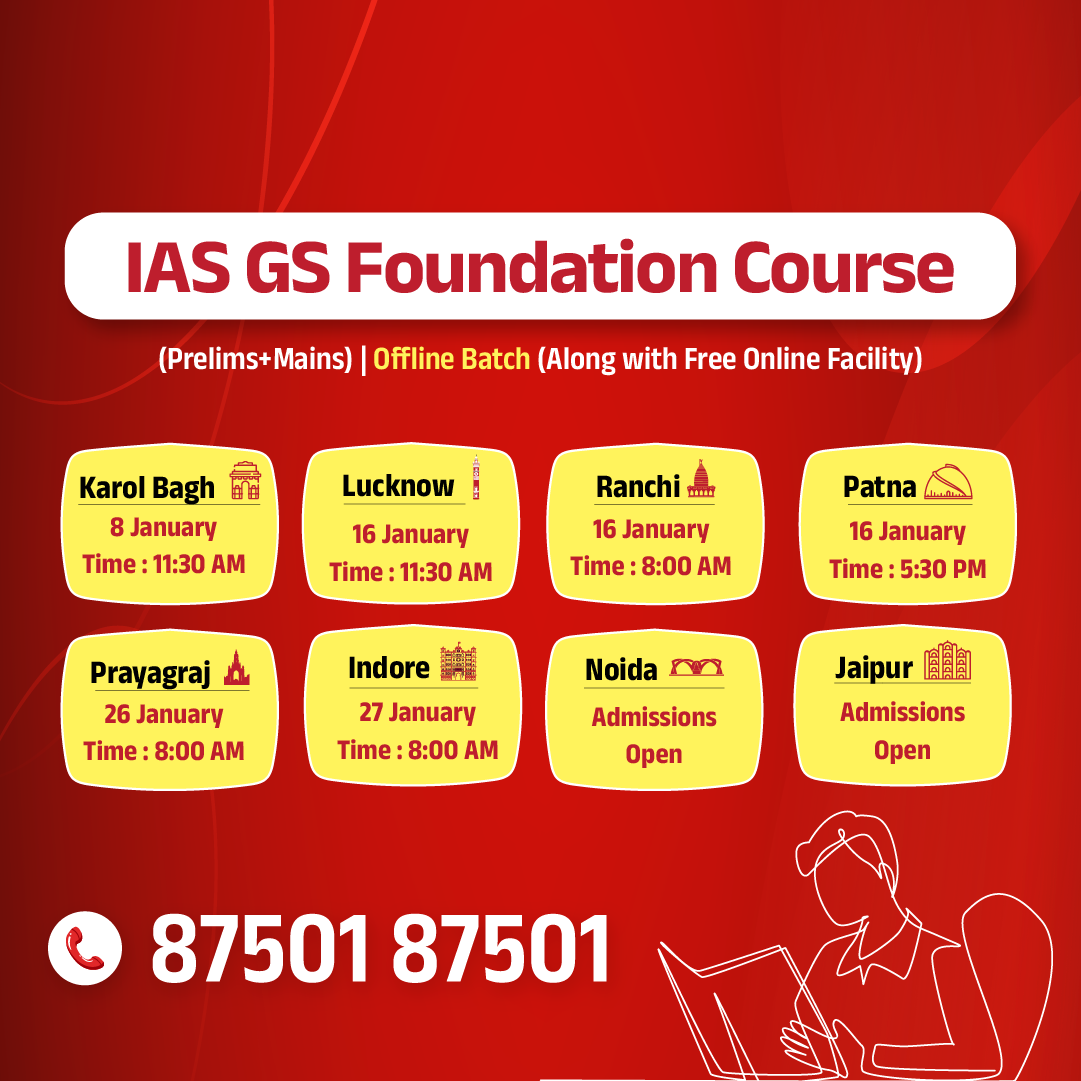
.jpg)




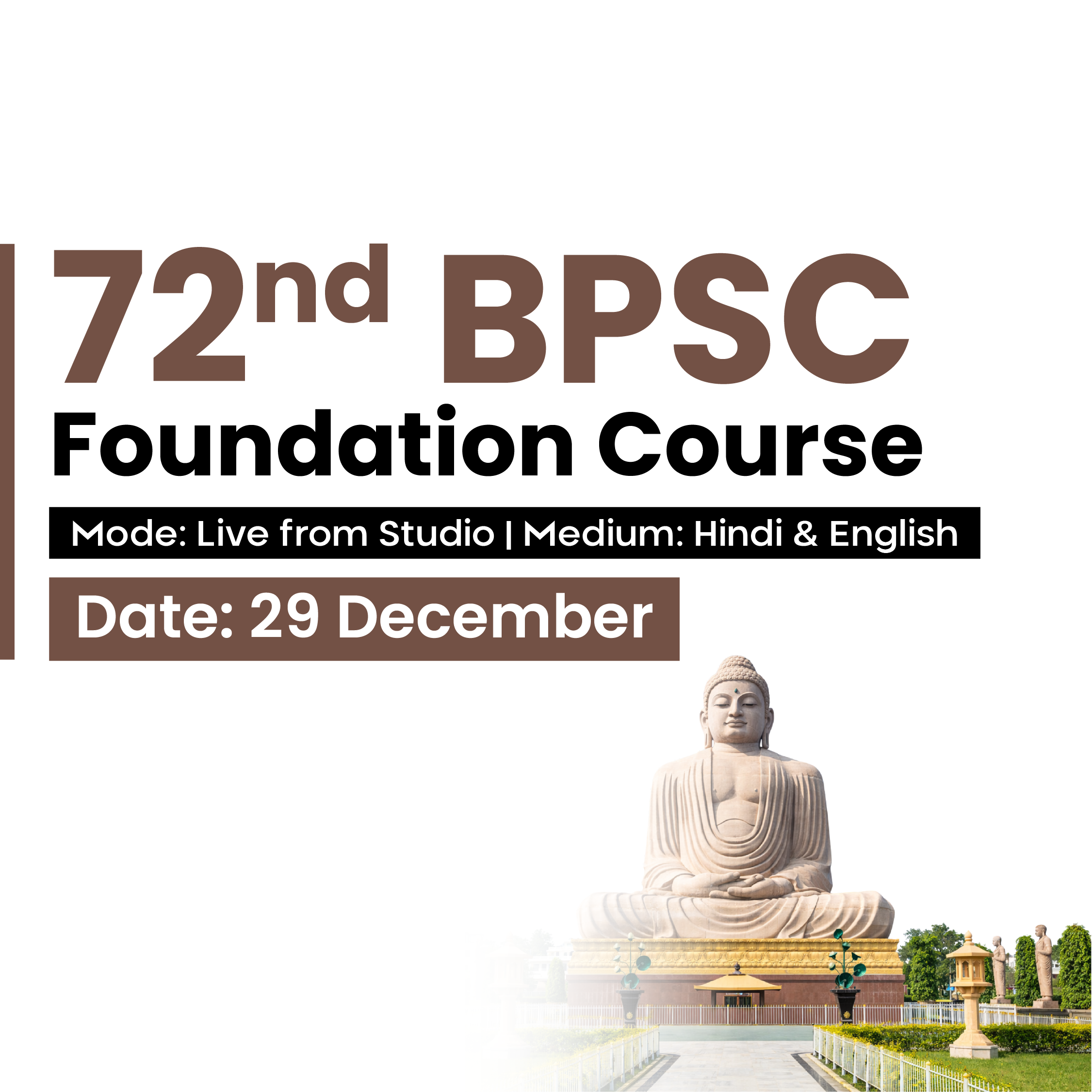

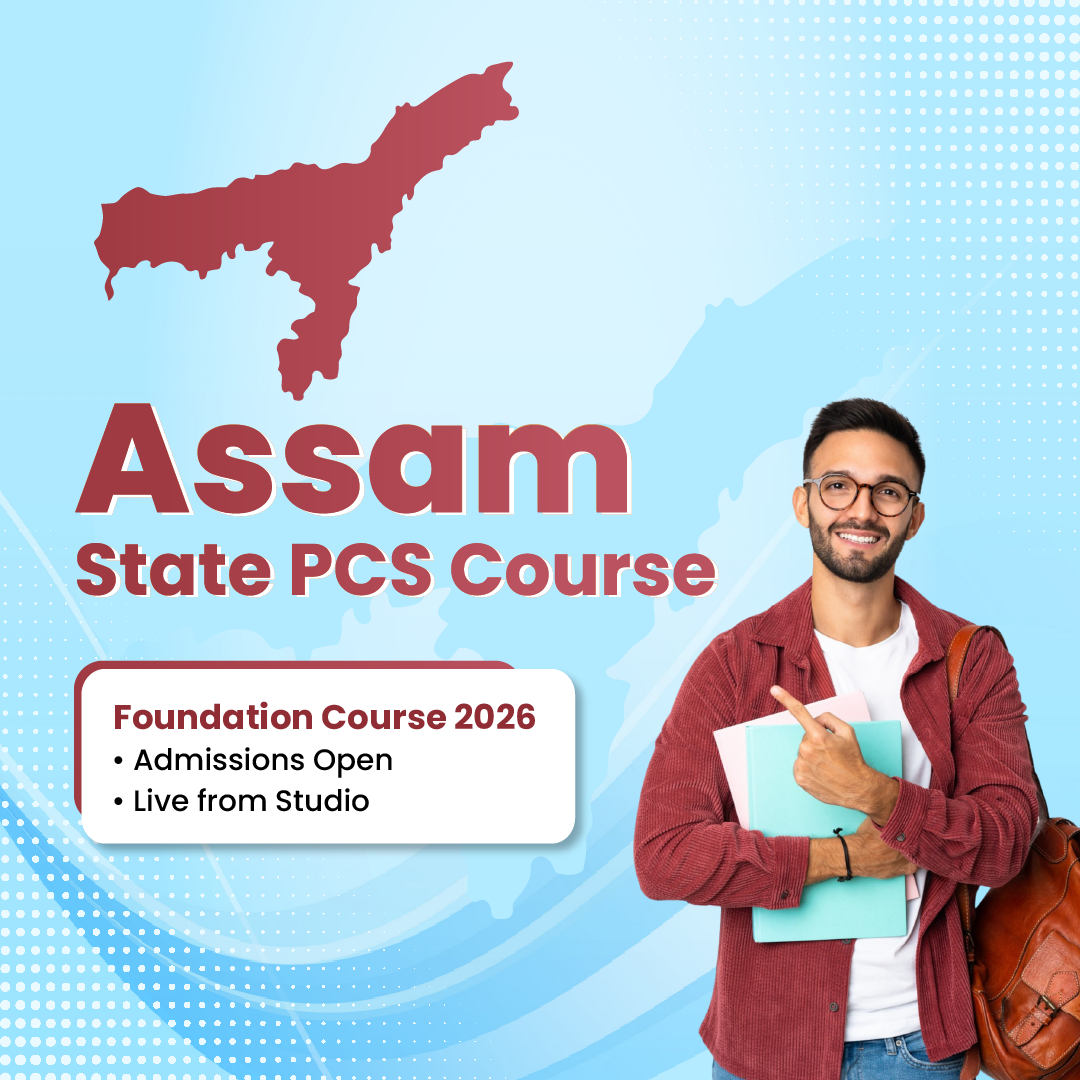

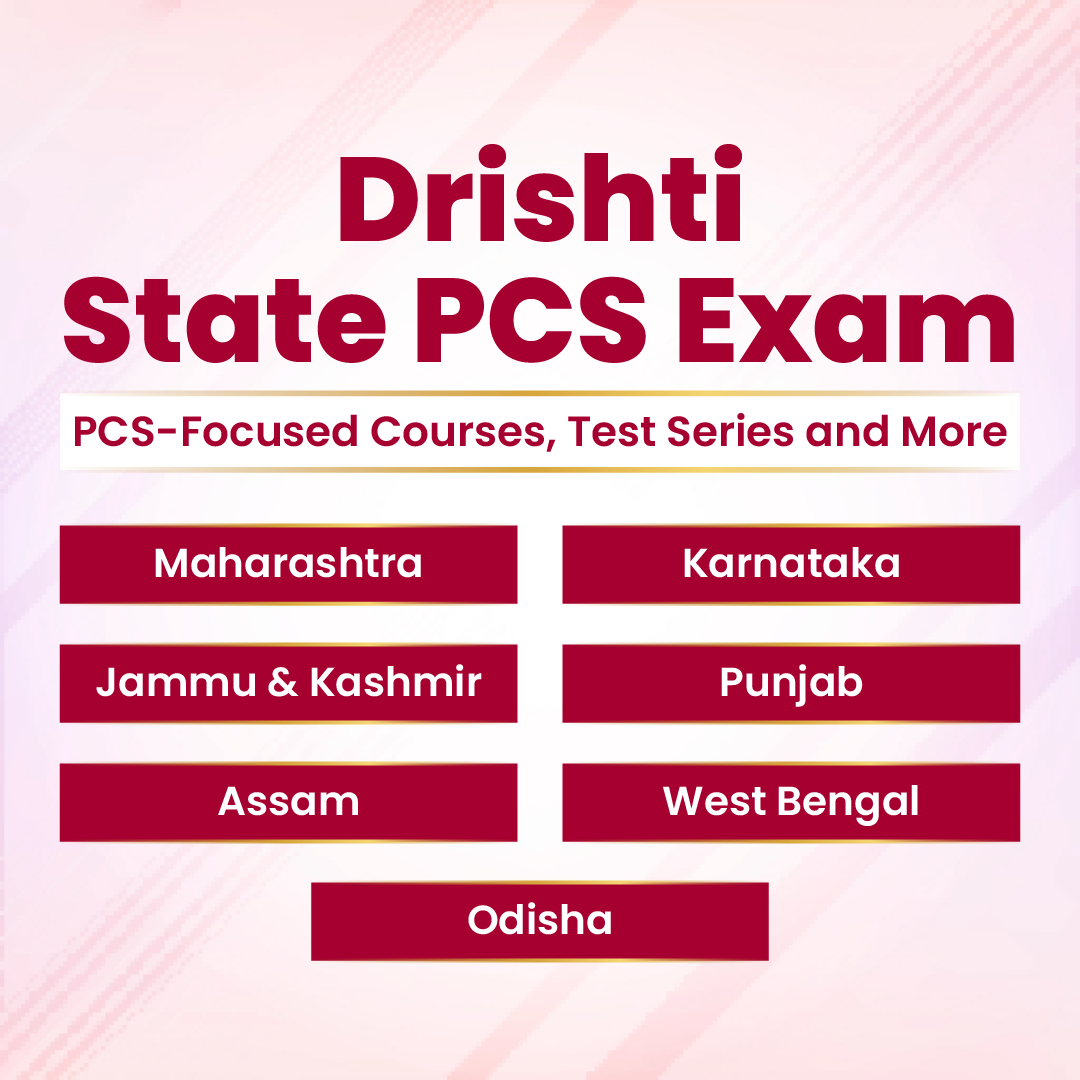

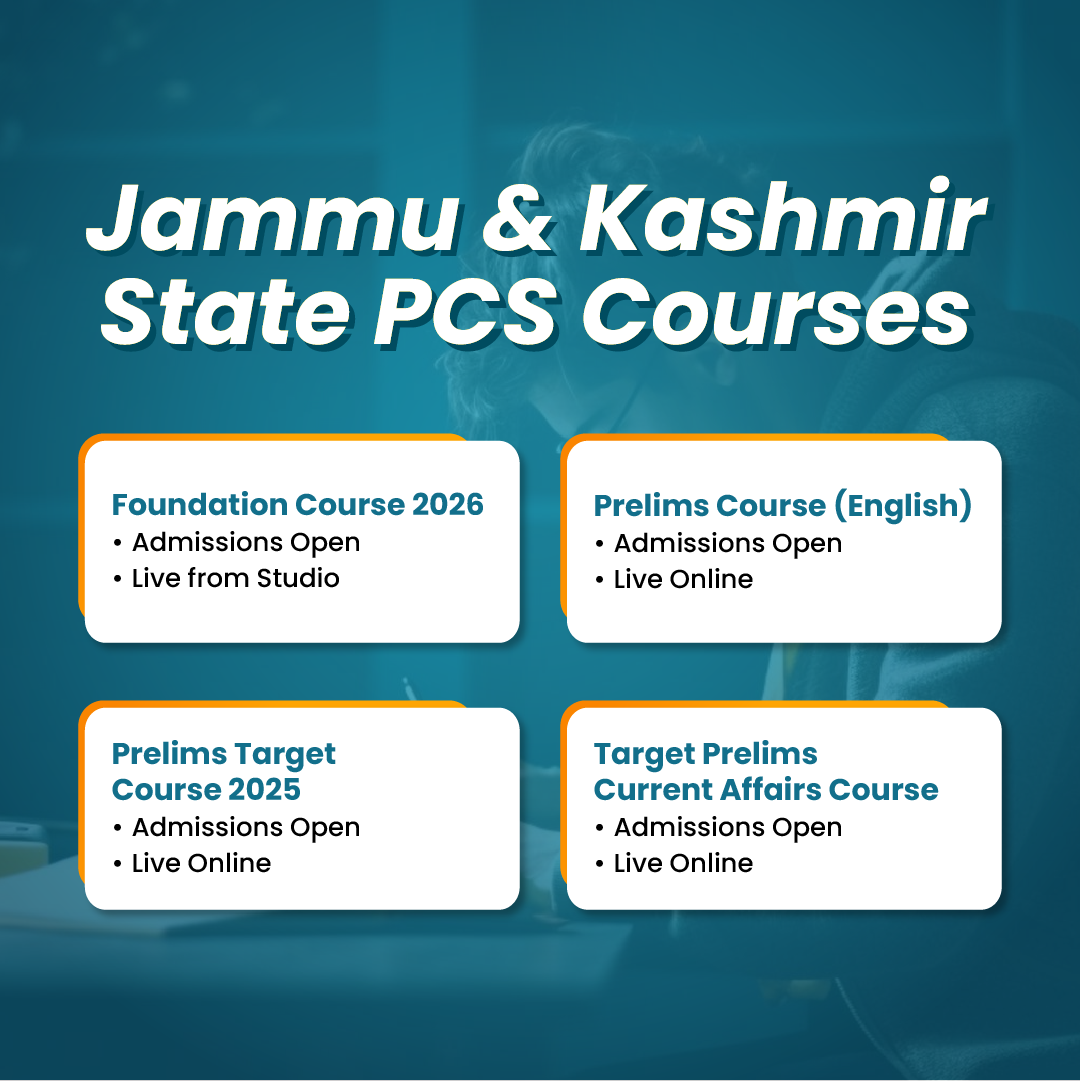

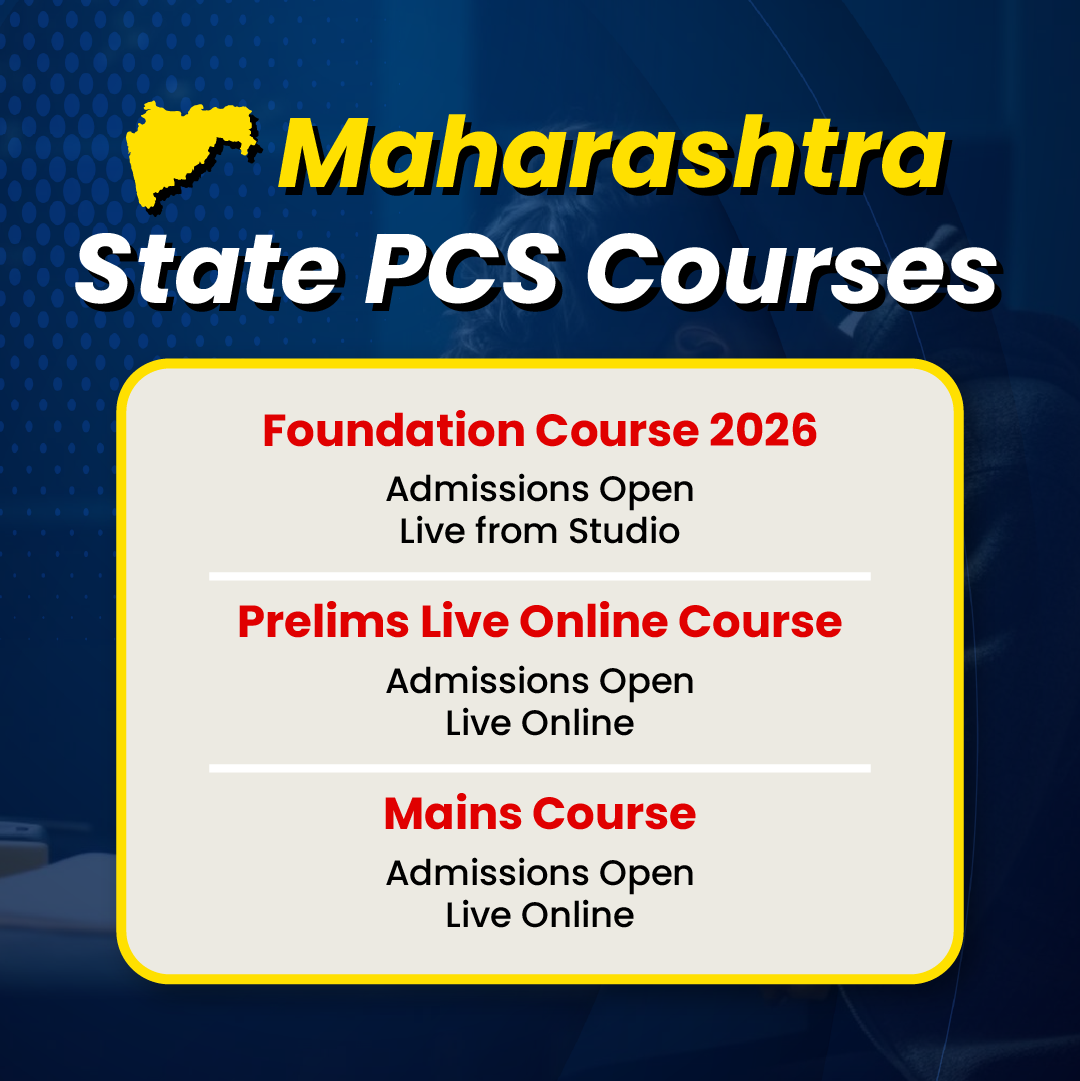

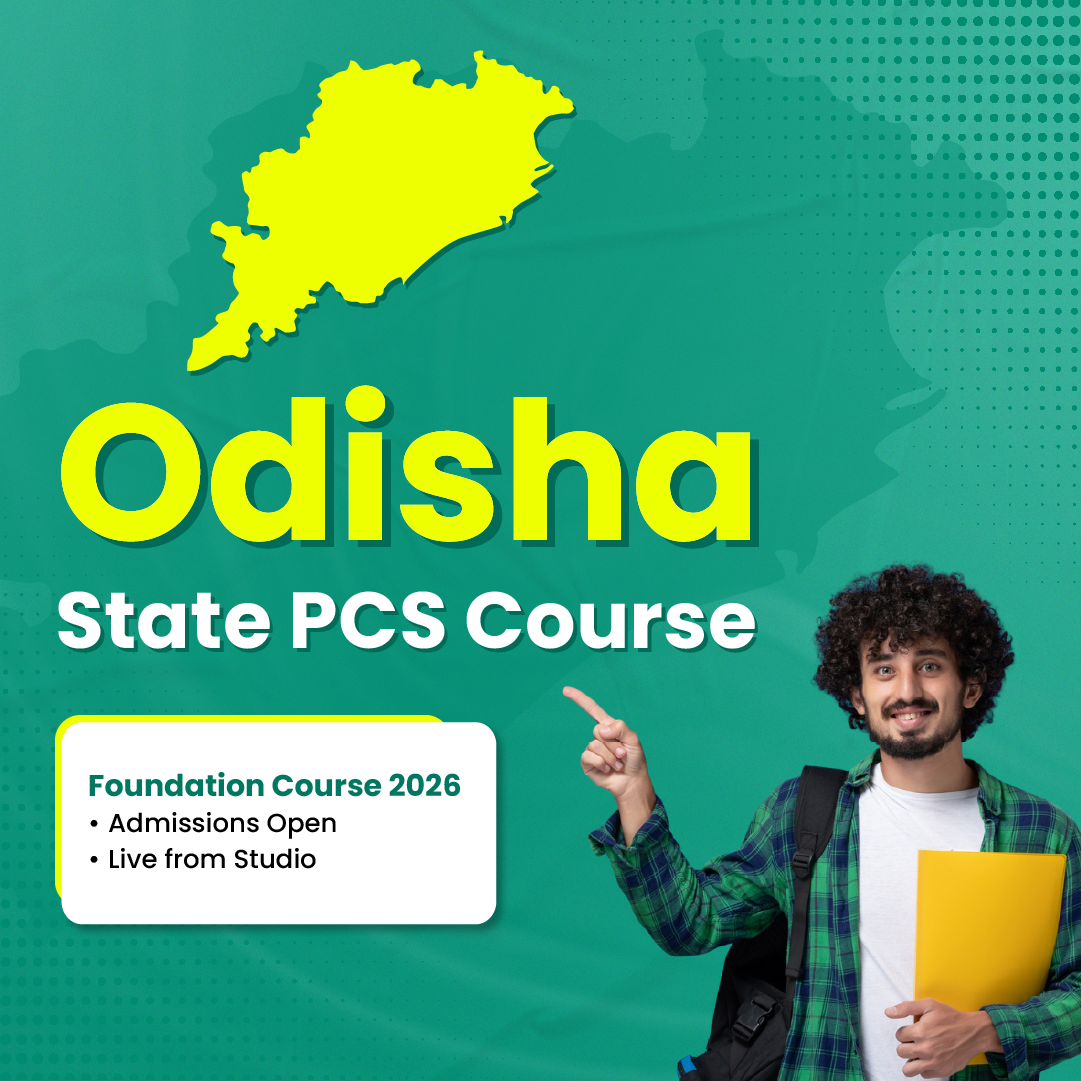



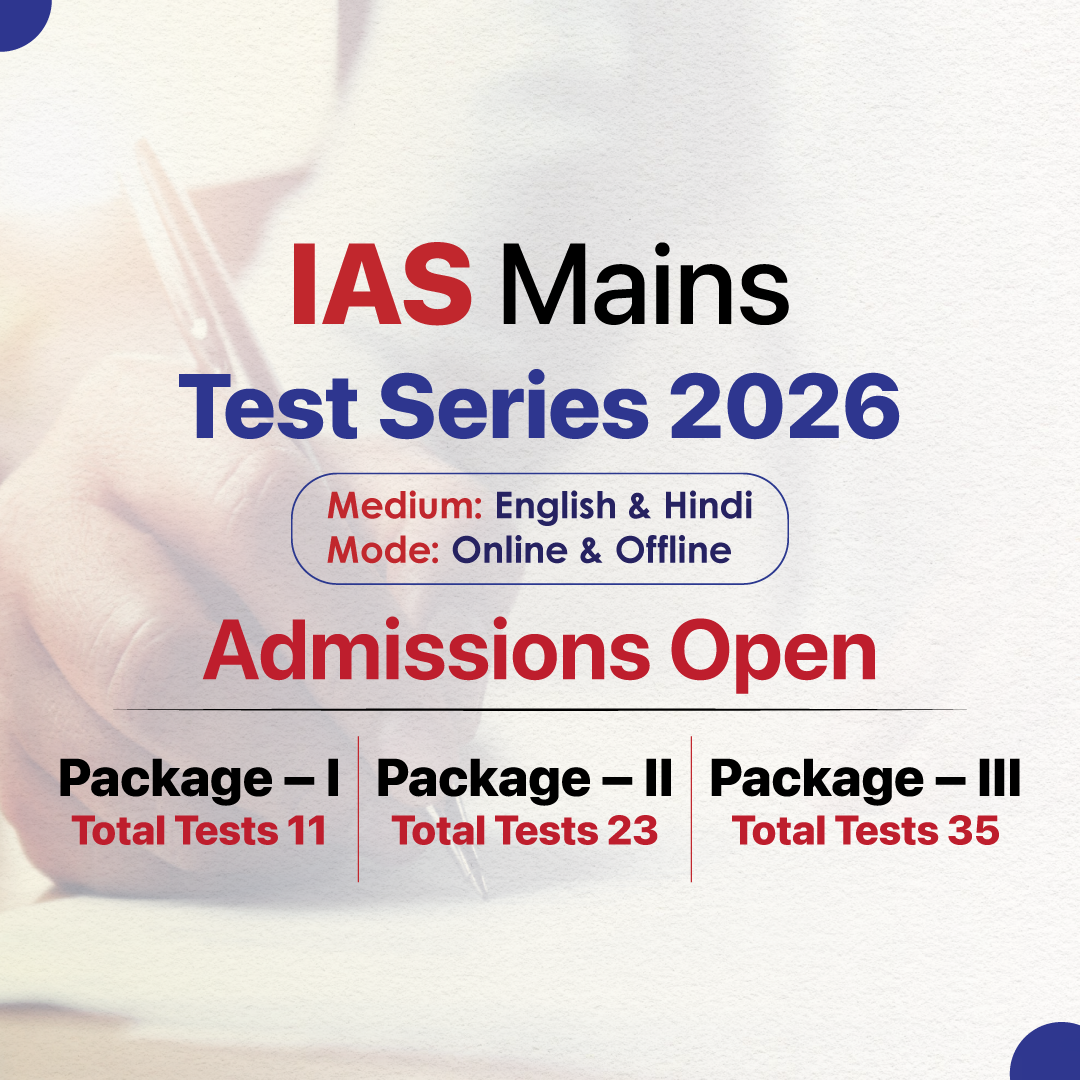

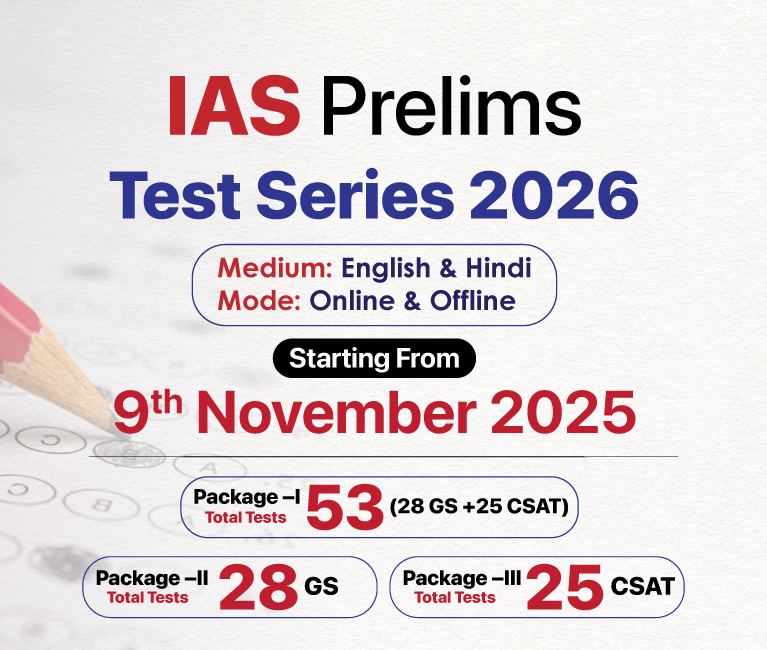

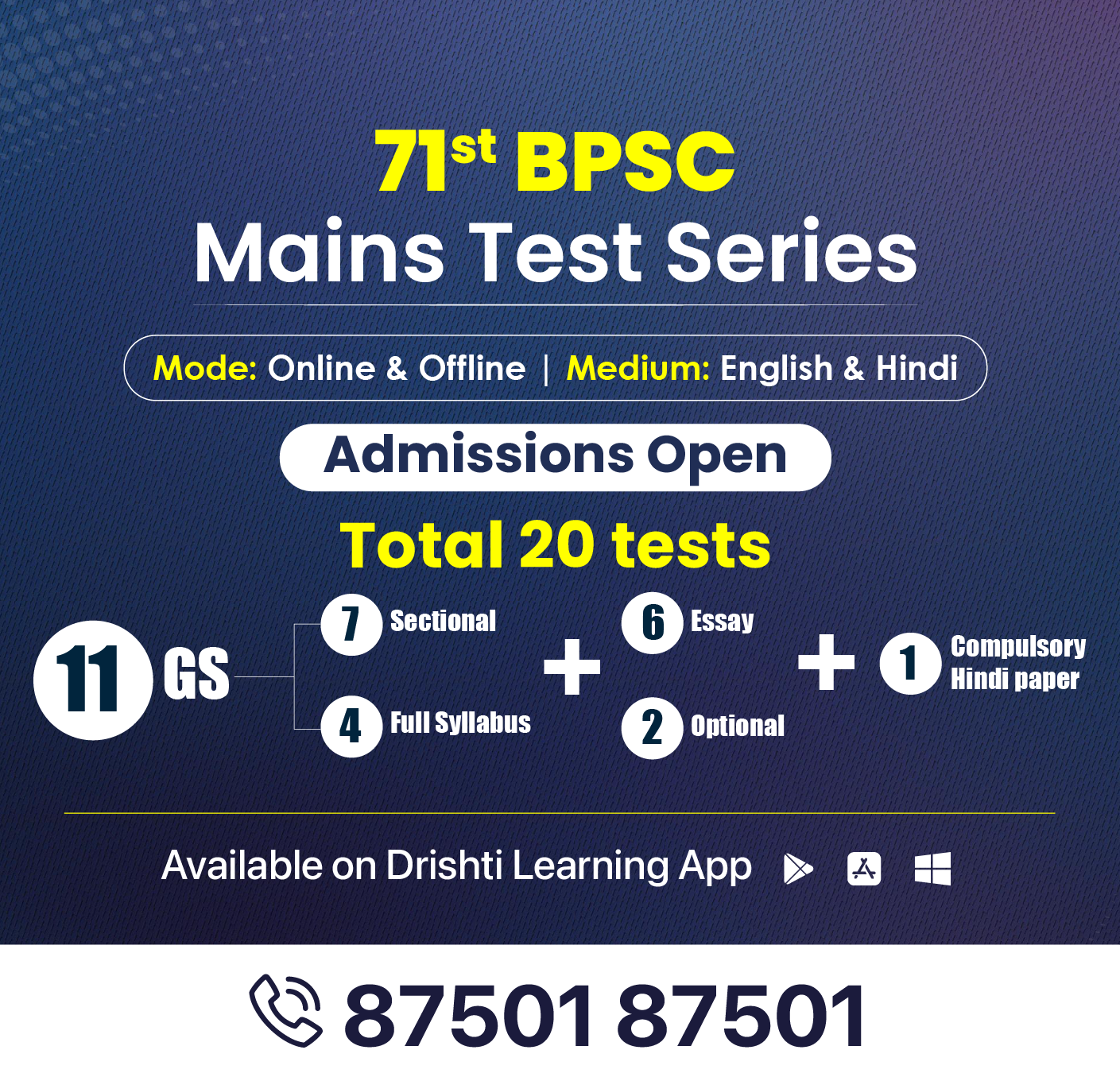
.png)
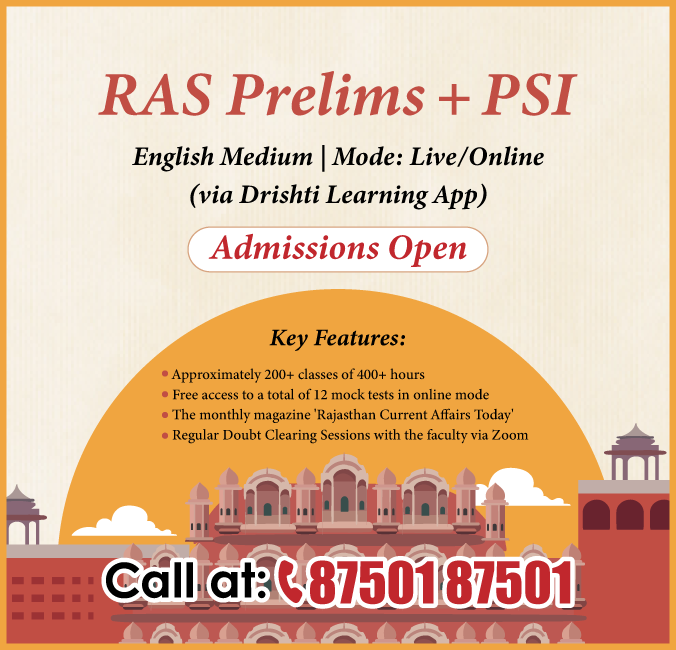

.jpg)

 PCS Parikshan
PCS Parikshan

